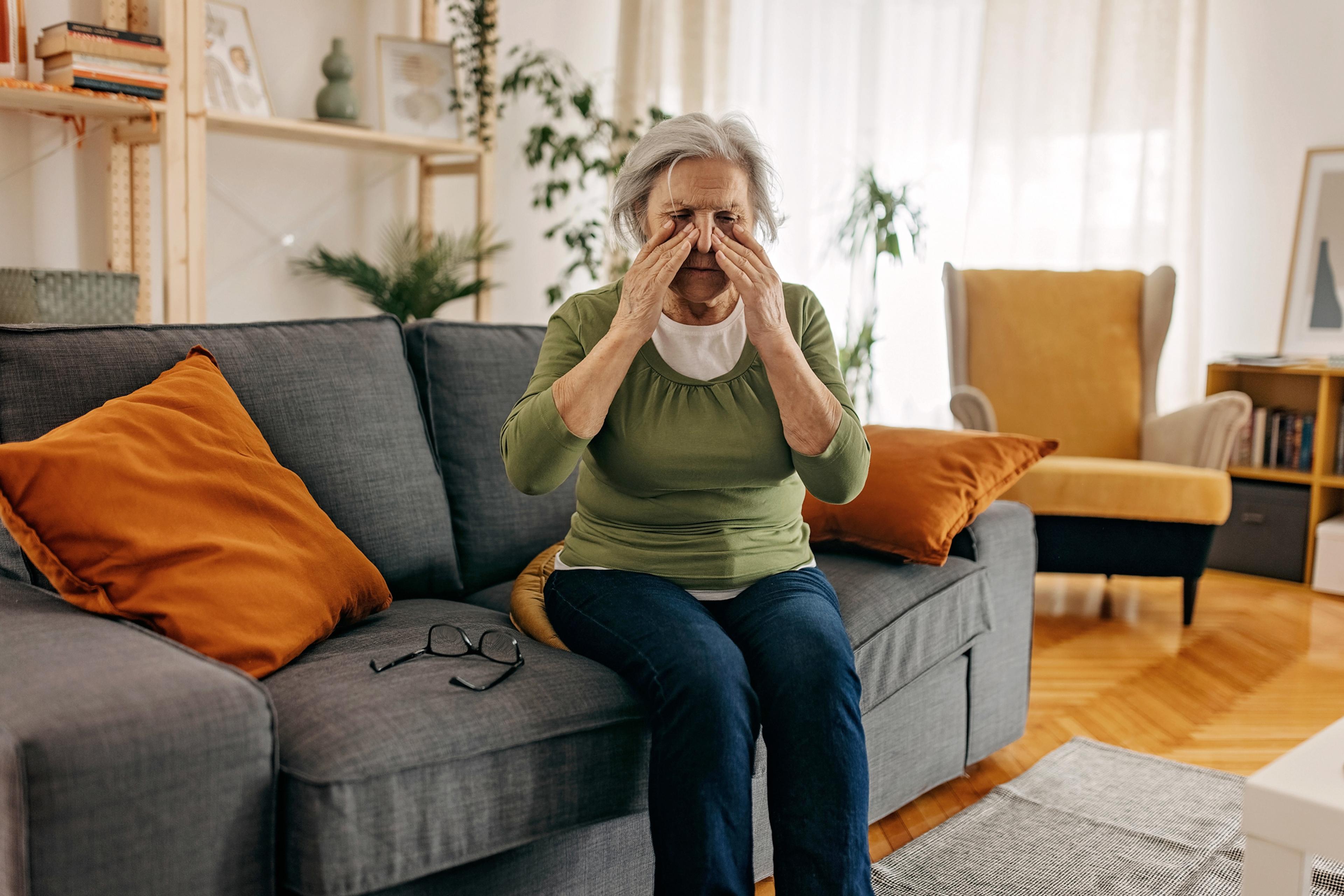
You probably remember the last time you were walking across a parking lot and saw someone stepping out of a car in one of the specially-marked handicapped spots. If that person seemed to be walking easily - and you didn’t spot a cast on their leg, and they weren’t using a walker or a cane - you may have found yourself wondering what ailment they had that made them need a spot close to the building’s front door. You may have even done a double-take, asking yourself if they really needed that parking sticker at all. The next time that happens, you might want to soften your curiosity with a dose of empathy. Some common illnesses, like chronic pain, can be invisible to others yet are a persistent and uncomfortable health problem for those living with it.
A condition affecting millions in the U.S.
Chronic pain is one of the most common medical conditions that send people to their doctor’s office or urgent care centers, according to the Centers for Disease Control and Prevention. A study showed that more than 20% of adults in the United States had chronic pain issues - about 50 million people. Of those, 8% had what health professionals call high-impact chronic pain. This is the type of pain that lasts for more than three or four months, and is severe enough to restrict a person’s regular activities. It means they may be in too much pain to go to school, or work a job outside their home. Chronic pain used to be seen as a side-effect of certain illnesses - something many people thought would just clear up on its own over time. But in recent years, health care providers have seen it become a more prevalent complaint and it’s now recognized as its own stand-alone health concern. And one with a big price tag. A recent study showed chronic pain is responsible for an estimated $560 billion in annual medical costs, disability programs and lost work productivity, according to the CDC.
The difference between chronic pain and acute pain
Most of us are familiar with acute pain. It’s the pain we associate with an immediate injury, like a twisted ankle or bruised shin. That kind of pain goes away as the injury heals. Chronic pain is an altogether different kind of health problem. Unless you know a friend or family member is suffering from it, it might not be apparent from the outside. Chronic pain is a type of pain that does not go away. This kind of pain can be initially tied to an injury - like a pulled muscle in your back or a ligament issue in your knee - but it can also appear without being linked to any acute injury. Chronic pain is felt in different ways. It can materialize as a sharp, stabbing pain when sitting, climbing stairs, or bending down to pick up something. It can be a dull ache or a persistent, throbbing pain. According to the Mayo Clinic, the most common types of chronic pain problems are associated with back pain, fibromyalgia (widespread muscle pain and fatigue), and people who suffer from headaches or migraines. Those who live with chronic pain can be impacted in ways other than just physical discomfort, too. It can affect their social lives if they find themselves constantly limiting their activities. They may find their sleep is impacted, which can affect mood. Chronic pain is also linked to anxiety and sometimes depression. It’s important for people with chronic pain to work closely with their health care providers to get a diagnosis, and proper treatment. This might include anti-inflammatory drugs, physical therapy, a daily stretching routine, or a combination. Studies have shown that while opioids don’t have a long-term positive effect on reducing chronic pain, some health care providers may prescribe them as a short-term solution. In 2019, Blue Cross Blue Shield and Blue Care Network of Michigan put into place a new process to help regulate how opioids are used for pain management, understanding that higher doses of this kind of drug can increase the risk of an overdose. This included hydrocodone and oxycodone, the most commonly prescribed opioids. As with most treatments, the goal of helping someone with chronic pain is guiding them back to full health. If you’re not living with this illness, try to remember that millions of people are, and keep your empathy in full supply for when it’s needed most. Related:
- The Evolution of Pain Management
- Oh, My Aching Back! Tips to Manage Pain
- How to Safely Use Opioids to Manage Pain
Photo credit: Getty





